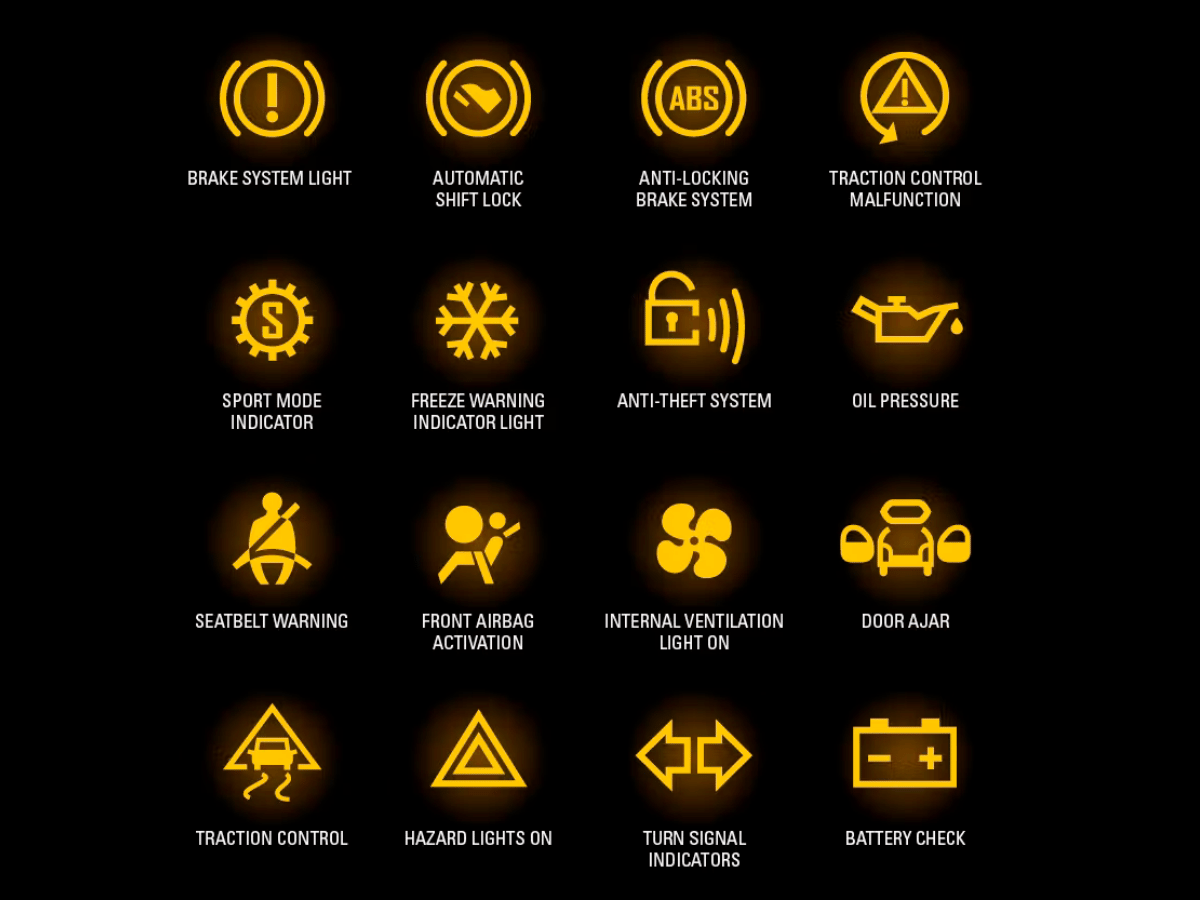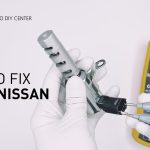If you’re driving along and suddenly notice your dashboard lights up with an ominous “check engine” light, you might feel a sense of unease wash over you. What’s going on? Is it something serious? Should you pull over and worry about a costly repair bill? In this post, we’ll demystify the check engine light, exploring what it means and why it matters.
What Does It Mean?
The check engine light is one of the most misunderstood dashboard lights. But don’t worry; we’re here to guide you through the meaning behind it.
The Basics
The check engine light, also known as the “malfunction indicator lamp” (MIL), is a critical safety feature designed to alert you to potential problems with your vehicle’s engine, transmission, or emissions system. When this light comes on, it indicates that there’s an issue that needs attention – but not necessarily that your car is going to break down immediately.
So, what does the check engine light mean? Well, there are many possible reasons why it might come on, from a loose gas cap to a serious problem like a faulty oxygen sensor or ignition coil. In our next section, we’ll dive deeper into some common causes of the check engine light coming on and what you can do about them.

If you’re driving along and suddenly notice your dashboard lights up with an ominous “check engine” light, you might feel a sense of unease wash over you. What’s going on? Is it something serious? Should you pull over and worry about a costly repair bill? In this post, we’ll demystify the check engine light, exploring what it means and why it matters.
What Does It Mean?
The check engine light is one of the most misunderstood dashboard lights. But don’t worry; we’re here to guide you through the meaning behind it.
The Basics
The check engine light, also known as the “malfunction indicator lamp” (MIL), is a critical safety feature designed to alert you to potential problems with your vehicle’s engine, transmission, or emissions system. When this light comes on, it indicates that there’s an issue that needs attention – but not necessarily that your car is going to break down immediately.
So, what does the check engine light mean? Well, there are many possible reasons why it might come on, from a loose gas cap to a serious problem like a faulty oxygen sensor or ignition coil. In our next section, we’ll dive deeper into some common causes of the check engine light coming on and what you can do about them.
Common Causes
One of the most common reasons for the check engine light to come on is a loose gas cap. This might seem trivial, but it’s actually a crucial component in ensuring your car runs efficiently. A faulty or clogged fuel filter can also trigger the check engine light, as can a malfunctioning oxygen sensor or ignition coil.
In some cases, the check engine light might be triggered by more serious issues, such as:
- A faulty catalytic converter
- A bad spark plug or ignition coil
- A clogged fuel injector
- A malfunctioning EGR (exhaust gas recirculation) system
It’s important to note that a check engine light doesn’t necessarily mean your car is going to break down immediately. However, it does indicate that there’s an issue that needs attention – and ignoring the problem can lead to more serious issues down the line.
To diagnose the issue behind the check engine light, you can try the following:
- Consult your car’s owner’s manual for guidance on how to read the trouble codes
- Use a code reader or scan tool to retrieve the trouble codes and identify the problem
- Take your car to a trusted mechanic or dealership service center for further diagnosis and repair
Remember, ignoring a check engine light can lead to costly repairs down the line. By understanding what it means and taking steps to diagnose and address the issue, you can help ensure your car runs smoothly and efficiently – and avoid any potential safety risks.
Conclusion
In this section, we’ve explored some of the most common causes of the check engine light coming on, as well as how to diagnose and address the issue. In our next post, we’ll dive deeper into what you can do about the check engine light, including tips for troubleshooting and repair. Stay tuned!
Get Expert Advice from a Mechanic
Don’t hesitate to reach out with your car troubles. Our expert mechanics are here to help.
Start chatIf you’re driving along and suddenly notice your dashboard lights up with an ominous “check engine” light, you might feel a sense of unease wash over you. What’s going on? Is it something serious? Should you pull over and worry about a costly repair bill? In this post, we’ll demystify the check engine light, exploring what it means and why it matters.
What Does It Mean?
The check engine light is one of the most misunderstood dashboard lights. But don’t worry; we’re here to guide you through the meaning behind it.
The Basics
The check engine light, also known as the “malfunction indicator lamp” (MIL), is a critical safety feature designed to alert you to potential problems with your vehicle’s engine, transmission, or emissions system. When this light comes on, it indicates that there’s an issue that needs attention – but not necessarily that your car is going to break down immediately.
So, what does the check engine light mean? Well, there are many possible reasons why it might come on, from a loose gas cap to a serious problem like a faulty oxygen sensor or ignition coil. In our next section, we’ll dive deeper into some common causes of the check engine light coming on and what you can do about them.
Key Points Covered So Far
To recap, here are the key points:
- The check engine light is a critical safety feature that alerts you to potential problems with your vehicle’s engine, transmission, or emissions system.
- The light doesn’t necessarily mean your car is going to break down immediately, but it does indicate an issue that needs attention.
- There are many possible reasons why the check engine light might come on, ranging from minor issues to more serious problems.
Final Insights
As you can see, the check engine light is not something to be taken lightly. While it may not necessarily mean your car is in imminent danger of breaking down, ignoring it could lead to further damage and potentially costly repairs. The key takeaway is that when the check engine light comes on, it’s a sign that something needs attention – so don’t delay getting it checked out!
Conclusion
In conclusion, the check engine light is an important safety feature that deserves your attention. By understanding what it means and why it matters, you’ll be better equipped to handle any issues that arise. Remember: when in doubt, it’s always better to err on the side of caution and have your vehicle checked out by a professional mechanic. Don’t let uncertainty drive you crazy – take control of your car’s maintenance today!
Skin Hunks Holes V7 Tumblr: A Journey into the World of Fashion and Beauty: Dive into the fascinating world of fashion and beauty with this intriguing article, featuring stunning images and insightful commentary. Explore the latest trends and must-know tips to stay ahead of the curve!
Shining Bright: Mastering Star Interview Questions for Customer Service: Want to ace your next customer service interview? Look no further! This comprehensive guide provides expert tips and answers to commonly asked questions, ensuring you’re prepared to shine in your next role.




